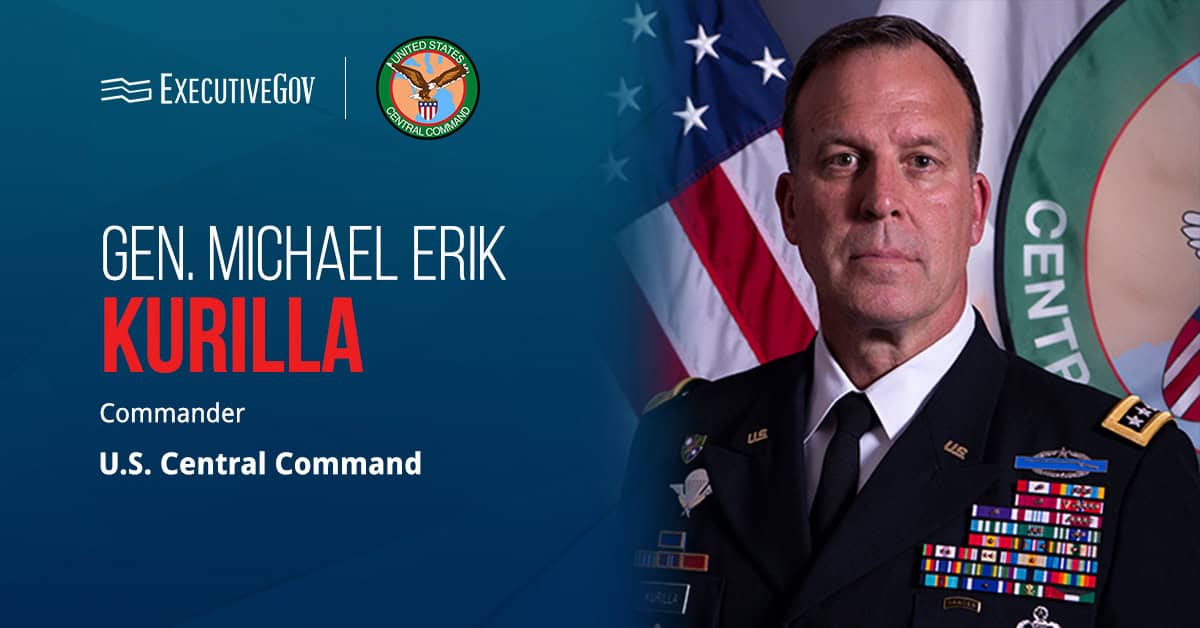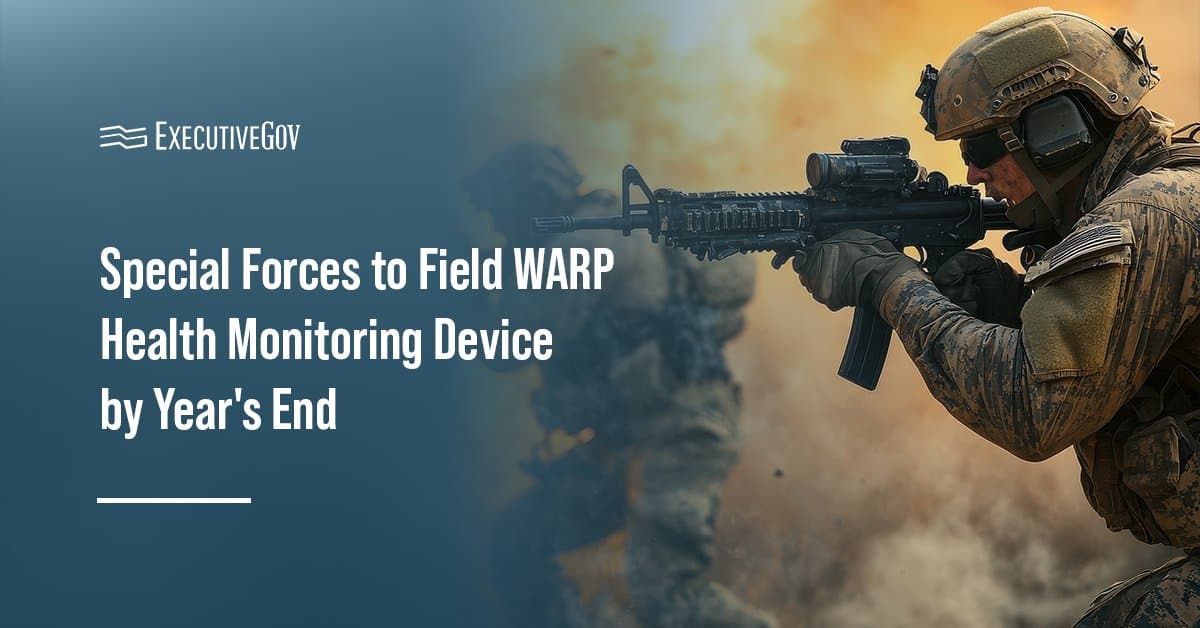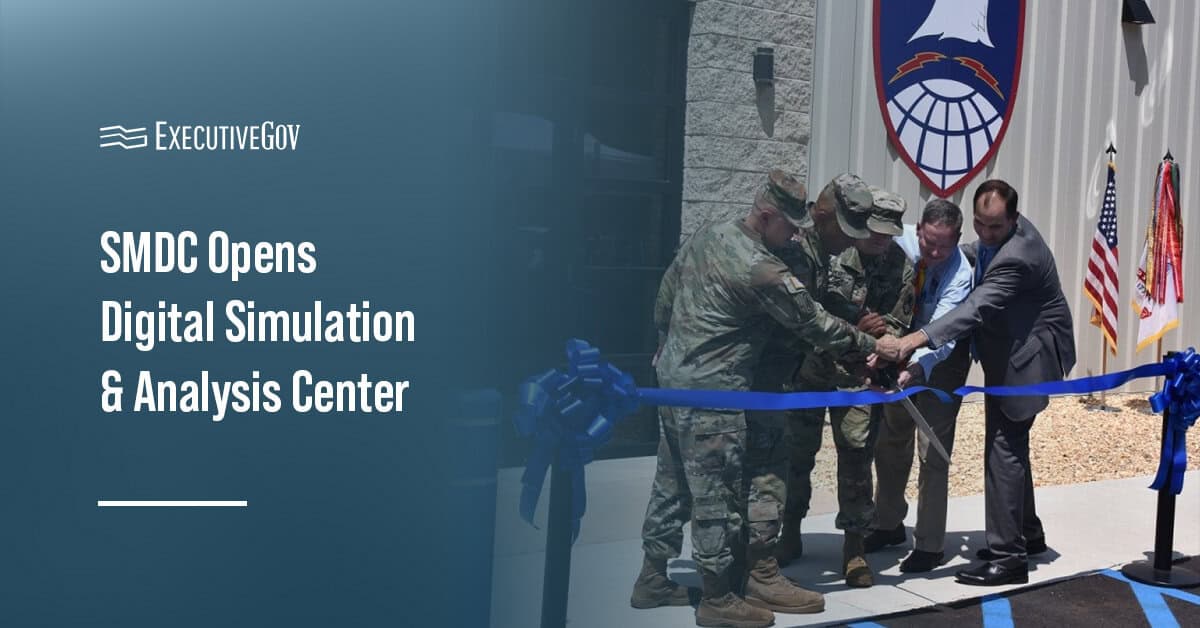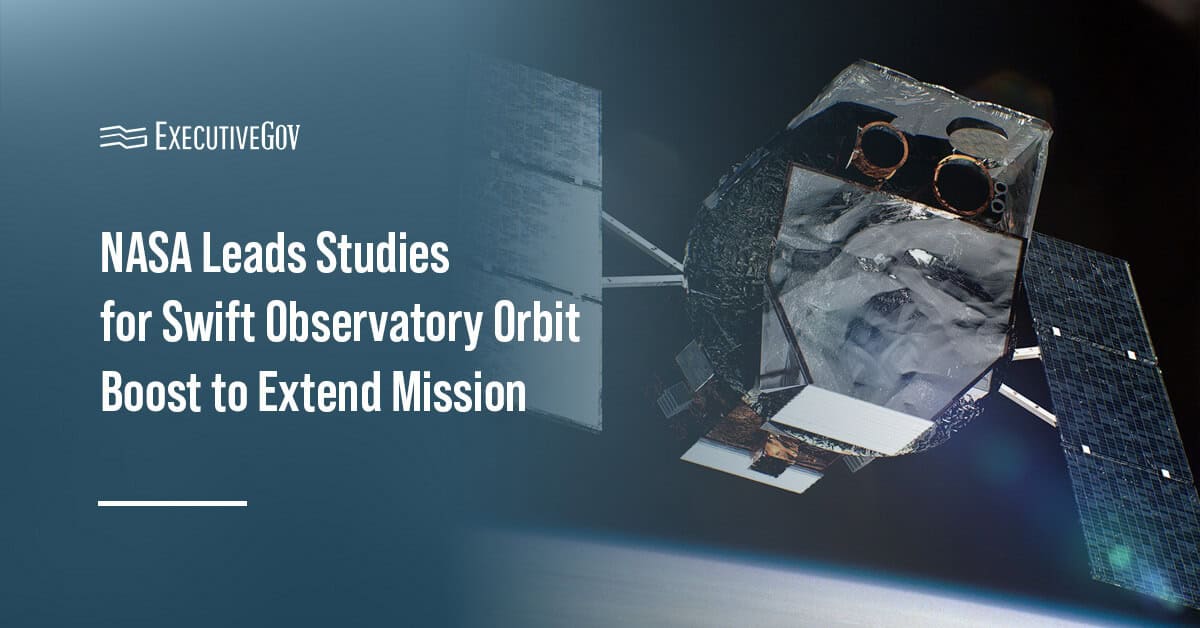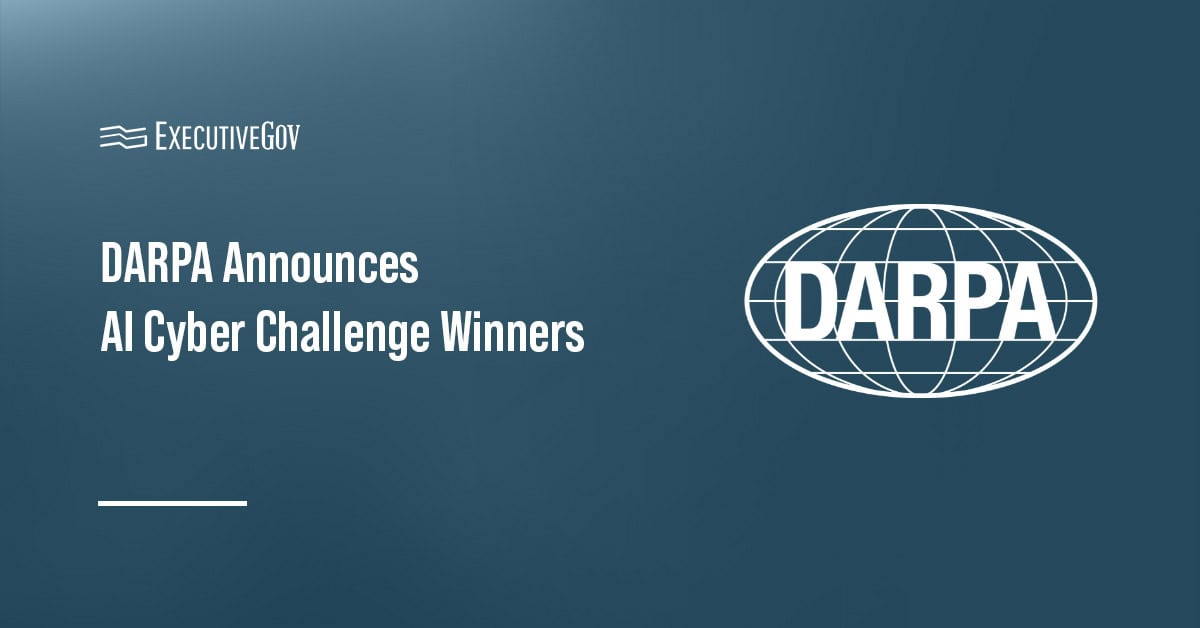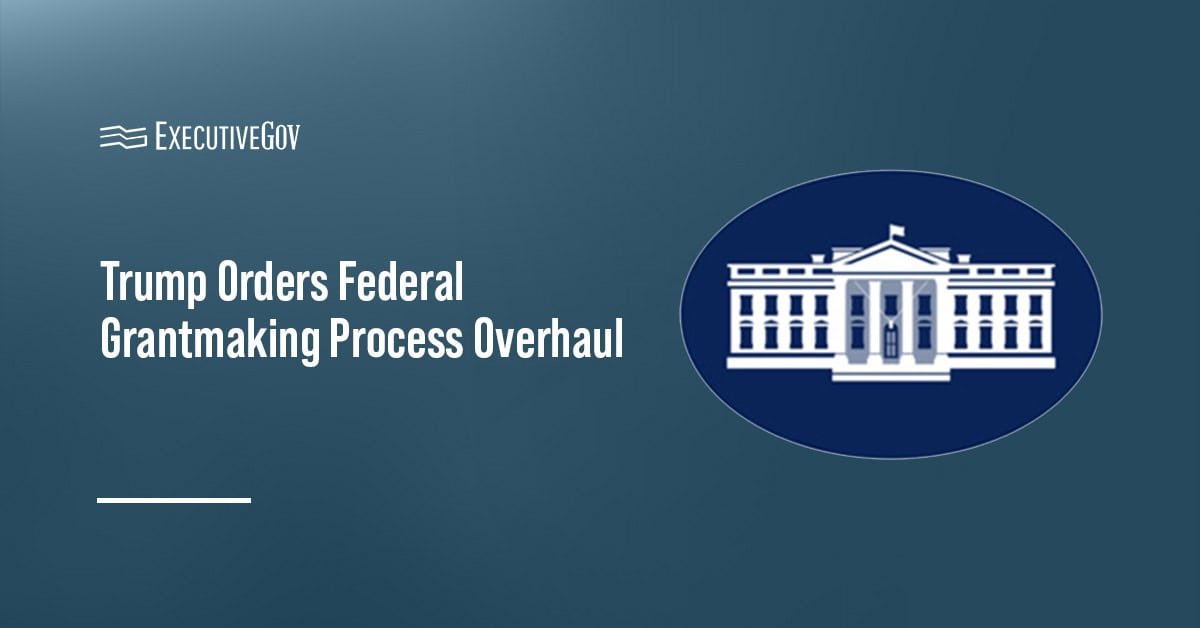The Department of the Air Force, in partnership with the Defense Innovation Unit, has unveiled Finance First, an initiative designed to accelerate development, deployment and financing of secure, resilient and reliable energy solutions at U.S. military installations.
Finance First Builds on Private Sector Practices
According to DIU, the program aims to improve energy resiliency and maintain uninterrupted mission operations by applying agile private sector practices to the design, financing and deployment of energy systems that can withstand grid instability, cyberattacks and other disruptions, while ensuring on-base power redundancy through an ‘all of the above’ approach to fuel sources and energy generation technologies.
Finance First will partner with private industry to create scalable, repeatable business processes that deliver proven technologies without requiring large upfront Department of Defense capital outlays. Program objectives include identifying installation energy gaps; developing comprehensive technology solutions that best address identified gaps; and creating turnkey energy mission assurance, where private industry designs, builds, finances, operates and maintains developed solutions.
ECC Energy Solutions, FESCO Energy and Ionic Blue Management were selected in April to develop prototype business processes, which will be tested at Joint Base Andrews in Maryland. The processes could be adopted government-wide.
Nancy Balkus, deputy assistant secretary of the Air Force for infrastructure, energy, and environment, said the program will leverage proven commercial business practices to keep installations mission-ready. “Our ability to deter adversaries depends on secure, resilient, reliable, and efficient energy on our installations,” she explained.
Kirk Phillips, director of the Air Force Office of Energy Assurance, added that Finance First brings financing discussions earlier into project planning to identify the right resilience measures.
The initiative supports recently issued executive orders related to defense acquisitions and American energy.



